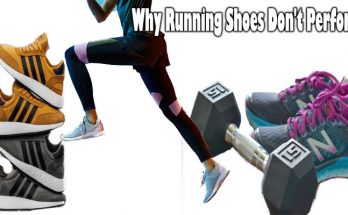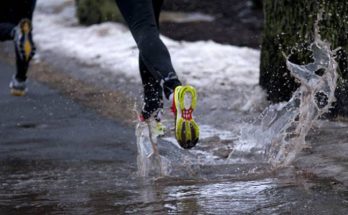Choosing the precise running shoes makes all of the distinction between toes and leg accidents, and being a healthy runner with no accidents in any way. Whether you name them trainers, trainers, sneakers, runners, or anything else for that matter, they are what’s protecting you from the hammering of your toes hitting the bottom and are also accountable for dealing with every kind of other twisting and shearing forces which are generated as you run.
To find out all about the footwear in every of these categories see our guide to trainers where we evaluate the trainers to let you recognize what is suitable for which makes use of. In order to decide on the correct working shoe, you first have to figure out your foot construction. There are many other shoe manufacturers out there but this is just a fast checklist of a few.
Aaron Williams, a 35-12 months-old who works in the data technology division of a vitamin company near Salt Lake City, says he has tried practically each type of shoe within the eight years he has been running. If you might have low arches, you should have the tendency to roll your ft inwards after it hits the ground and this rolling will likely be greater than runners who have increased arches.
If you will have run in support footwear previously, not had injury problems and your shoes show no signs of inwards lean it in all probability means you do need help footwear but the shoes have successfully prevented the over-pronation previously. People have different types of toes and for this reason shopping for generic footwear just isn’t something that it is best to do, particularly in case you plan on using your sneakers lots (which is the case with running shoes). If your arch is excessive, the working shoe that you should go for is the cushioned one.
A forefoot striker (the damage pattern sometimes ends in a smooth area around the ball of the foot) may have a shoe with loads of forefoot cushioning. Running sneakers needs to be replaced 1-2 instances a 12 months for reasonable use, and 3-4 instances for heavy use. Figure 2 exhibits the various components of a typical shoe as a way to determine the areas where you might want extra cushion.





